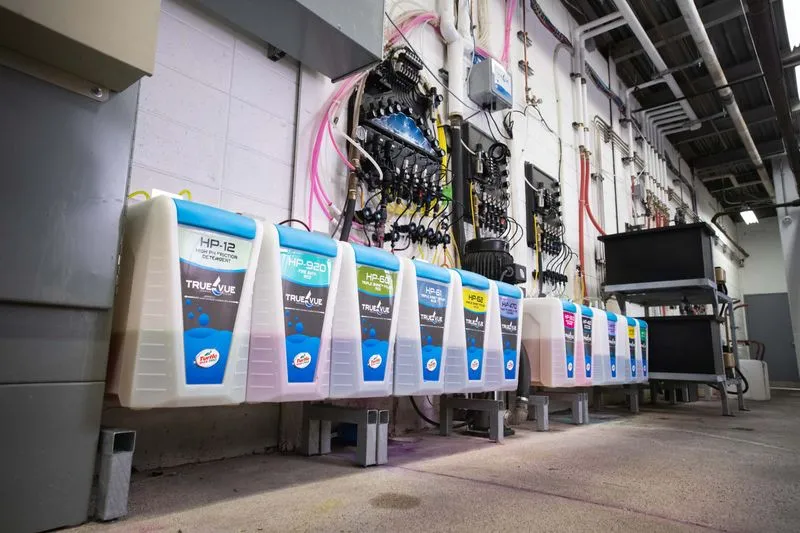
Car detailing chemicals play a crucial role in maintaining the appearance and condition of vehicles. From cleaning agents to protectants, these chemicals are designed to enhance the overall look and protect the surfaces of cars. However, it is essential to understand how long these chemicals last to ensure optimal results and cost-effectiveness. In this article, we will delve into the lifespan of car detailing chemicals, providing valuable insights for car enthusiasts and professionals alike.
- Factors Affecting Chemical Longevity:
Several factors influence the lifespan of car detailing chemicals. Understanding these factors will help you make informed decisions when purchasing and using these products.
1.1 Chemical Composition:
Different chemicals have varying levels of stability and durability. Some chemicals may degrade quickly, while others can withstand harsh conditions for an extended period. It is crucial to consider the composition of the detailing chemicals to determine their longevity.
1.2 Storage Conditions:
Proper storage is vital for maintaining the effectiveness of car detailing chemicals. Exposure to extreme temperatures, sunlight, or moisture can accelerate chemical degradation. By storing these chemicals in a cool, dry place, you can extend their lifespan significantly.
1.3 Frequency of Use:
The more frequently you use car detailing chemicals, the faster they will deplete. Understanding the recommended usage guidelines and adjusting your application frequency accordingly can help prolong the lifespan of these products.
- Types of Car Detailing Chemicals and Their Lifespan:
Now, let's explore the lifespan of different types of car detailing chemicals commonly used in the industry:
2.1 Car Wash Shampoos:
Car wash shampoos are typically formulated to remove dirt, grime, and contaminants from the vehicle's surface. These products usually have a shelf life of 1-2 years when stored correctly. However, it is essential to check for any changes in consistency or odor before using them.
2.2 Paint Sealants and Waxes:
Paint sealants and waxes provide a protective layer on the car's paintwork, shielding it from UV rays, oxidation, and environmental pollutants. These products can last anywhere from 3-6 months, depending on the quality and application method. Regular maintenance and reapplication are necessary to ensure continuous protection.
2.3 Interior Cleaners and Protectants:
Interior cleaners and protectants are designed to clean and preserve the interior surfaces of a car, such as leather, vinyl, and plastic. These products typically have a lifespan of 6-12 months, depending on usage and exposure to sunlight. Regular cleaning and reapplication are recommended to maintain the desired results.
2.4 Tire Dressings:
Tire dressings are used to enhance the appearance of tires, giving them a glossy finish. These products can last around 1-3 weeks, depending on driving conditions and exposure to water. Reapplication is necessary to maintain the desired look.
- Extending the Lifespan of Car Detailing Chemicals:
To maximize the lifespan of car detailing chemicals, consider the following tips:
3.1 Proper Dilution:
Follow the manufacturer's instructions for diluting the chemicals. Using the correct concentration ensures optimal performance and prevents unnecessary wastage.
3.2 Spot Testing:
Before applying any detailing chemical to the entire surface, perform a spot test in an inconspicuous area. This step helps determine compatibility and prevents potential damage.
3.3 Regular Maintenance:
Regularly clean and maintain your vehicle to minimize the need for excessive chemical usage. This practice not only extends the lifespan of the chemicals but also keeps your car in pristine condition.
Conclusion:
Understanding the lifespan of car detailing chemicals is crucial for achieving the best results while minimizing costs. By considering factors such as chemical composition, storage conditions, and frequency of use, you can make informed decisions and ensure the longevity of these products. Remember to choose high-quality chemicals, follow proper application techniques, and maintain your vehicle regularly for optimal results.


